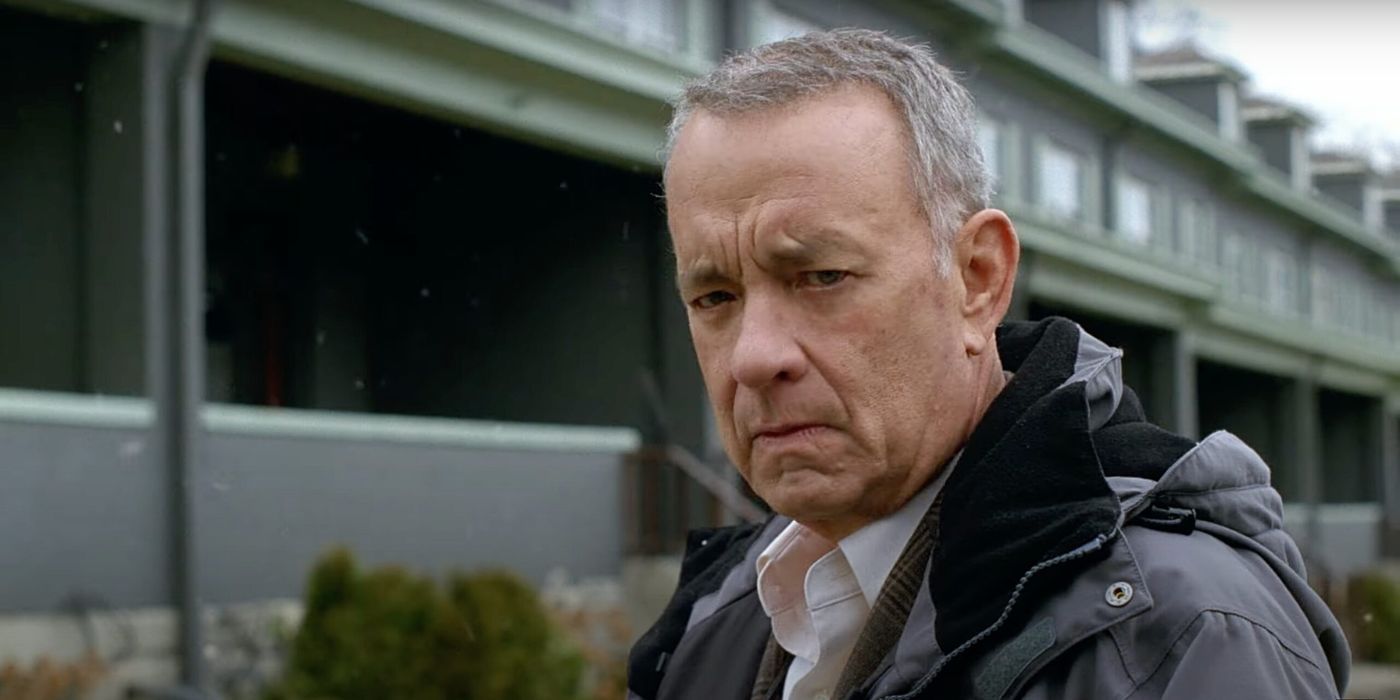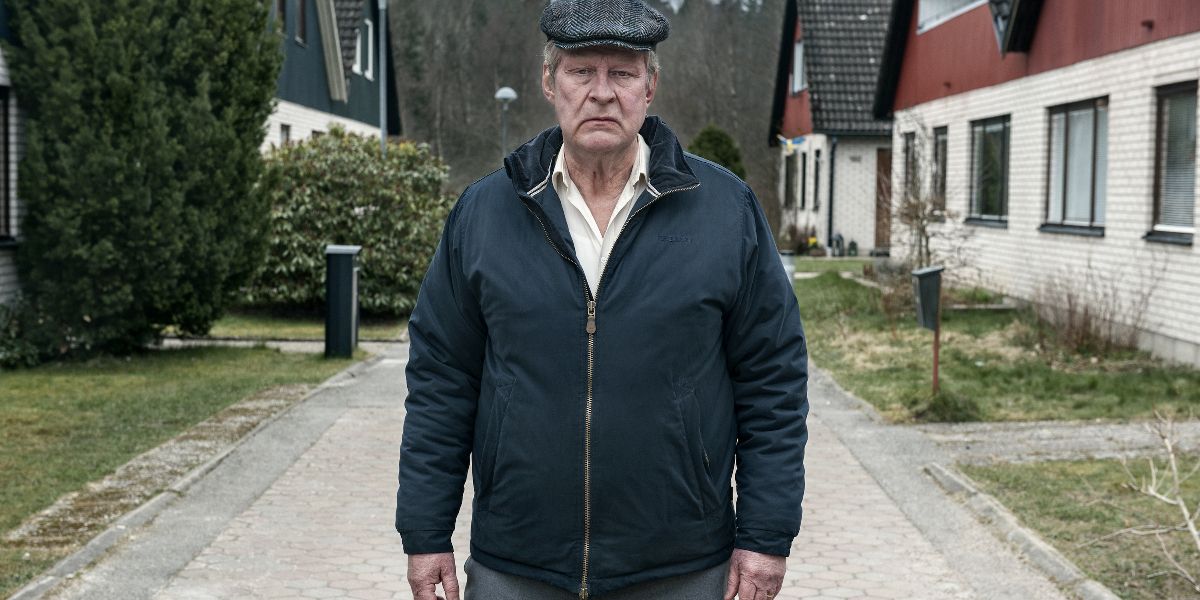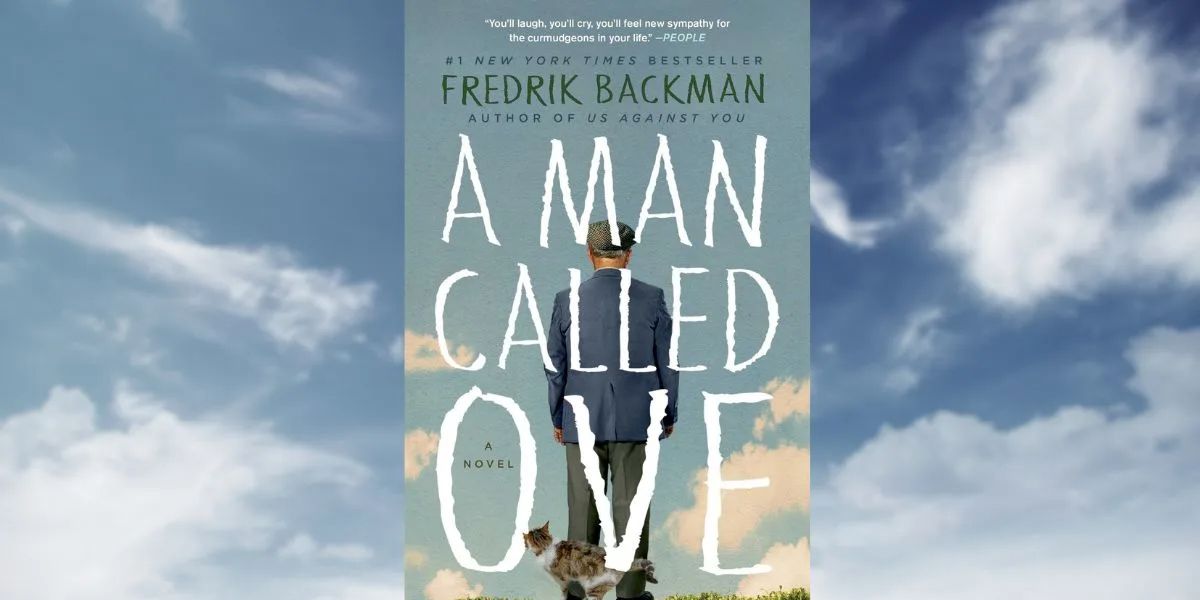A Man Called Otto, starring Tom Hanks as curmudgeonly widower Otto Anderson is based on three other different pieces of media. Directed by Marc Forster, it follows thorny Otto, who has no friends and is known for being the neighborhood grump, as he adjusts to a raucous young family moving in next door and threatening his solitude. An unlikely friendship with a pregnant woman named Marisol forces him out of the shell he’s built to contain the grief from losing his wife, and slowly offers him a reason to connect with A Man Called Otto’s cast of characters in a painful, awkward, and often hilarious way.
A Man Called Otto is based on a 2015 Swedish movie entitled A Man Called Ove which is itself an adaptation of Fredrik Backman’s novel of the same name. The novel came about after Backman’s stint as a journalist, and he read an account of an elderly man leading an indignant charge against an art museum, inspiring him to champion curmudgeons everywhere. Each version offers something unique about the transition of young life into an elderly existence that is the summation of hopes, dreams, tragedy, and lived experiences, and has enough differences to appeal to a wide array of fans of all ages.
4 A Man Called Otto
In A Man Called Otto, Otto leads a solitary and joyless existence after the death of his wife Sonya (Rachel Keller), and doesn’t see the point in building new relationships or engaging in life since he feels like he has nothing to live for. In fact, outside of taking care of his cat, all he wants to do is join her in the afterlife but his frenetic new neighbors and their myriad problems keep interrupting him. Eventually, he begins to warm up to them and their antics and learns how to participate in life again through love and a sense of belonging.
Hanks, who is known for playing supremely likable characters, capitalizes on his inherent goodness to give Otto a core of soulfulness while playing against type. His character deals with important issues facing senior populations including depression, isolation, and bodily wear and tear from a full life that aren’t often examined in such an accessible way. Only one of America’s most earnest actors, and a delightfully compelling cast, could make these sorts come across as worthy of attention and respect through the humor and integrity found in their acting choices.
3 A Man Called Ove
In A Man Called Ove, Rolf Lassgård plays Ove, an isolated retiree who has strict principles and a quick temper and spends his days enforcing petty regulations that only he cares about. When he’s not harassing his neighbors about the block association rules, he’s visiting his wife’s grave and reliving the painful memories of the life they shared before she died of cancer. After a boisterous young Middle Eastern family moves in next to him and accidentally flattens his mailbox, the angry old man is forced out of his comfort zone, and an unlikely friendship forms.
One of the most salient differences between the Swedish film and the Tom Hanks version is that Lassgård’s Ove has a surly roughness that feels earned and lived in, as though he’s seen a lot of terrible things in his life and been deeply affected by them. The film also has plenty of Swedish cultural quirks and doesn’t feel as commercialized as the American remake. A Man Called Ove isn’t as broad with its humor and relies on more subtle storytelling, so rather than certain forays into slapstick or mawkish displays of emotion that are designed to manipulate heartstrings, it goes for a more nuanced approach.
2 A Man Called Ove (Novel)
Unsurprisingly, Fredrik Backman’s novel A Man Called Ove is darker and more philosophical than either the Swedish film adaptation or the American remake. This is in part due to the fact that a book can expose internal dialogue often reduced to a single glance in the film, providing deeper insight into complex characters like Ove and is essential for understanding their perspective and garnering audience trust. The novel’s lows may seem to offer little hope and don’t shy away from suicidal ideation, but its highs guarantee altruism and jubilance that are authentic and genuine, making Ove’s transformation even more significant.
There are several differences between the book and both films that change some aspects of their narrative. In Backman’s book, Ove is a physically intimidating person with broad shoulders and strong arms – the sort of man who could build shelves for his wife’s book collection, yet in both of the films, Ove doesn’t look like the sort of person who spent most of his life being physically active. The woman he befriends is also depicted as much younger than him in the novel, which changes the dynamic of their relationship into something approaching paternal.
1 I Am A Man Called Ove
Backman was a freelance writer for Cafe, a Swedish magazine, which contained a blog post highlighting an elderly man named Ove having a public tantrum. His meltdown consisted of trying to purchase tickets for an art museum until his wife could calm him down, which inspired Backman’s own blog entitled “I Am a Man Called Ove” about his own annoyances and pet peeves while out in public. He found that his biggest gripes with people, places, and things were founded in his principles, and his strong beliefs in right and wrong, which created the foundation for Ove.
Backman transferred a lot of himself into the character, and Ove became a vessel for the indignities of not just one man, but anyone who feels overlooked by society. Ove feels increasingly marginalized, side-lined, and left out of a society that constantly changes around him, and he’s still bitter that the world keeps on spinning while he’s frozen in place after losing his wife. Backman’s blog allowed him to cohesively create a personal narrative, which is why Ove feels like such a fully realized and fleshed-out character and why A Man Called Ottofeels like a true story.




